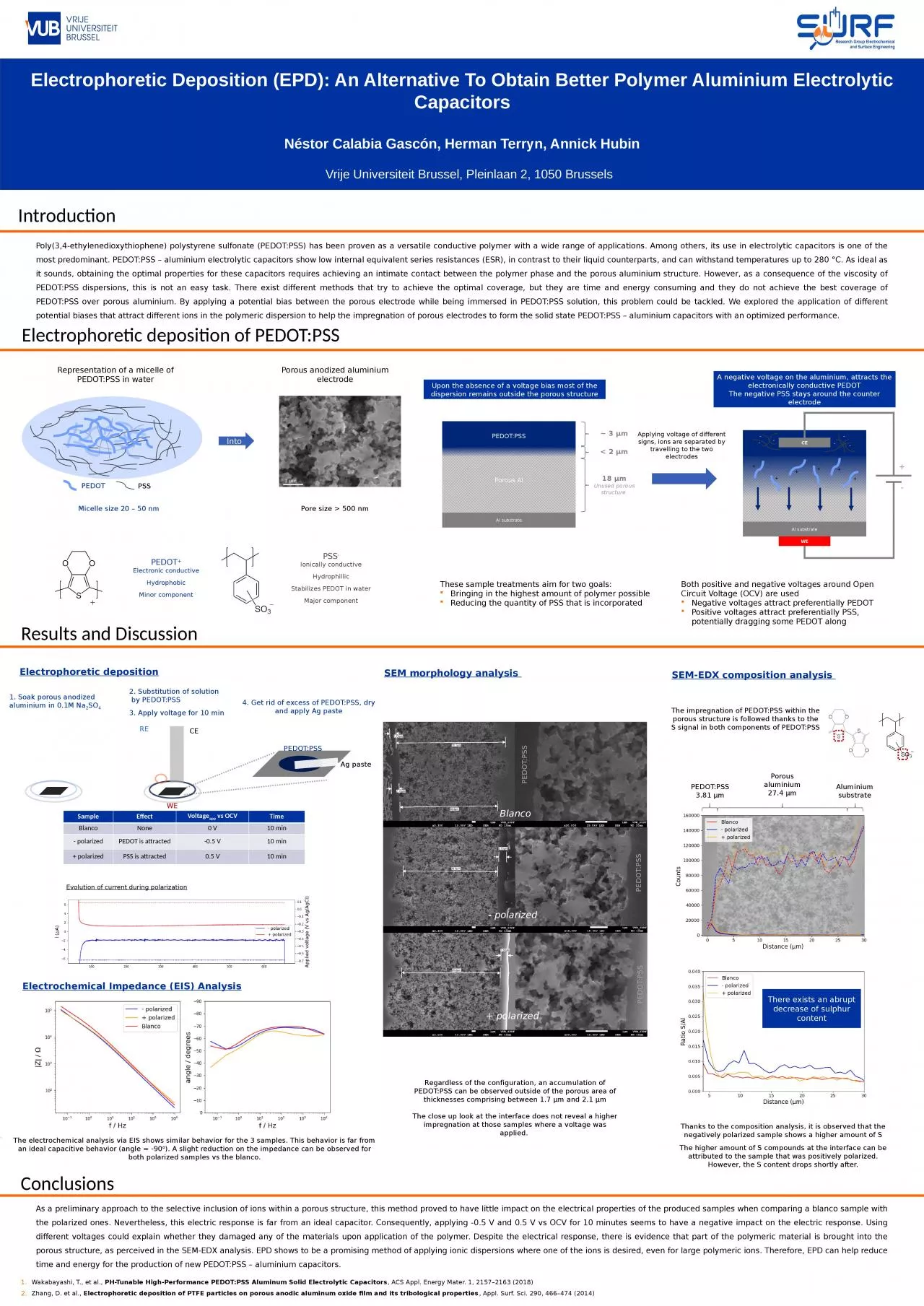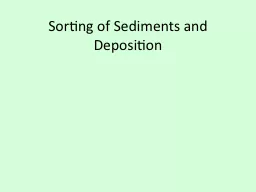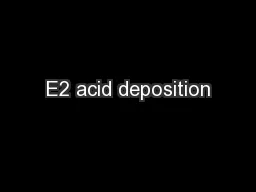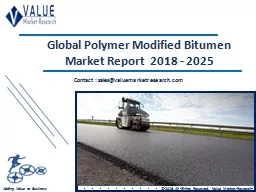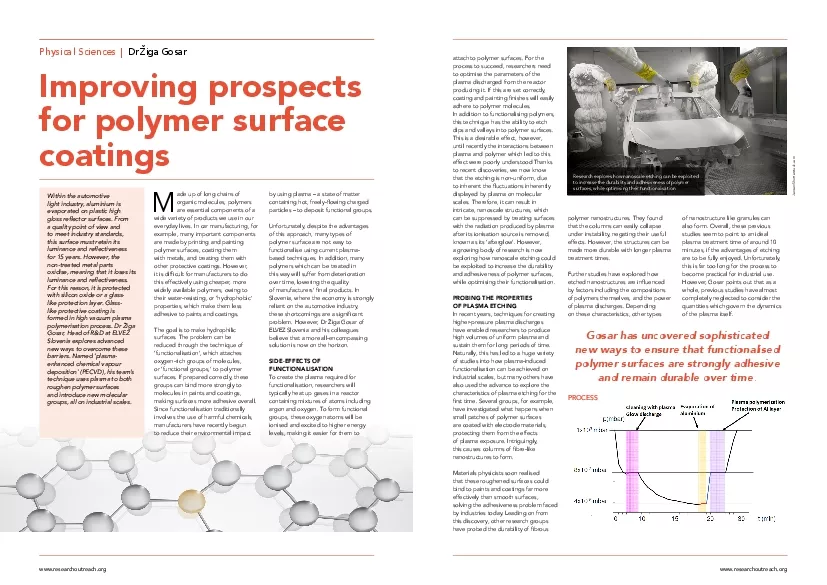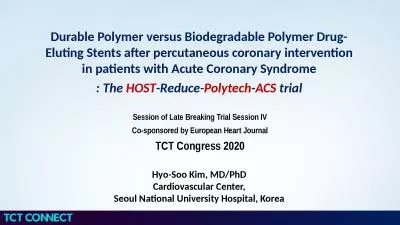PPT-Electrophoretic Deposition (EPD): An Alternative To Obtain Better Polymer
Author : ceila | Published Date : 2024-03-13
Aluminium Electrolytic Capacitors Néstor Calabia Gascón Herman Terryn Annick Hubin Vrije Universiteit Brussel Pleinlaan 2 1050 Brussels Conclusions Results
Presentation Embed Code
Download Presentation
Download Presentation The PPT/PDF document "Electrophoretic Deposition (EPD): An Alt..." is the property of its rightful owner. Permission is granted to download and print the materials on this website for personal, non-commercial use only, and to display it on your personal computer provided you do not modify the materials and that you retain all copyright notices contained in the materials. By downloading content from our website, you accept the terms of this agreement.
Electrophoretic Deposition (EPD): An Alternative To Obtain Better Polymer: Transcript
Download Rules Of Document
"Electrophoretic Deposition (EPD): An Alternative To Obtain Better Polymer"The content belongs to its owner. You may download and print it for personal use, without modification, and keep all copyright notices. By downloading, you agree to these terms.
Related Documents

